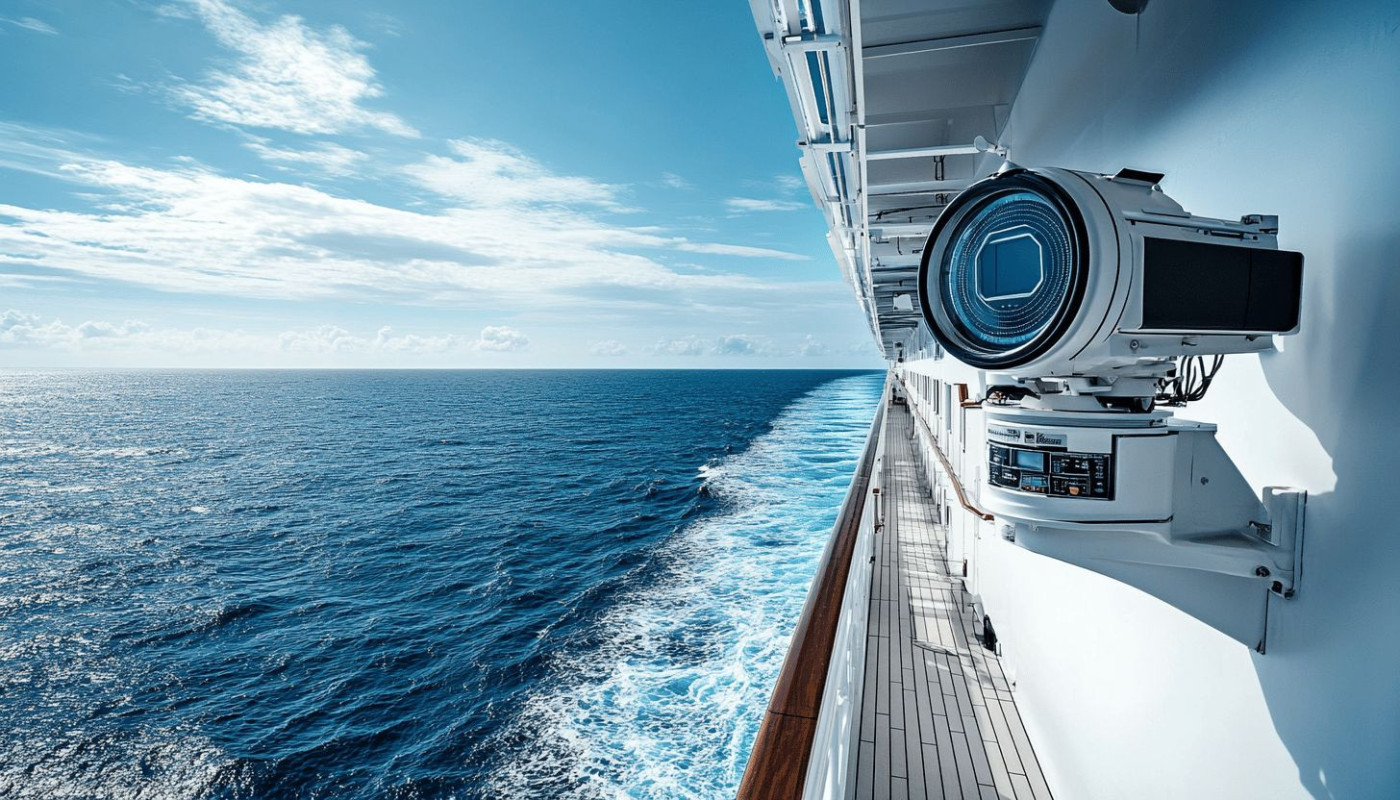Table of contents
Exploring the open seas has never been safer, thanks to the rapid evolution of maritime technology. Advanced systems are continually being developed to protect passengers, crew, and vessels from a variety of risks. Dive into the following sections to discover how cutting-edge innovations are setting new standards for cruise ship safety.
Advanced navigation systems
Recent advancements in maritime technology have revolutionized cruise ship safety through the implementation of sophisticated navigation systems. Integration of GPS with the modern Integrated Bridge System enables continuous, automated positioning updates, providing the bridge crew with precise, real-time information about the vessel’s location and trajectory. The electronic chart display and information system (ECDIS) replaces traditional paper charts, offering dynamic route planning, hazard alerts, and automatic updates to navigational data. These combined technologies significantly reduce the risk of collisions and groundings by allowing officers to detect obstacles, other vessels, or shallow waters well in advance. Real-time tracking further enhances situational awareness, supporting rapid response to changing weather conditions or unexpected maritime events. For detailed examples of these systems in action, visit site link, which explores how advanced navigation solutions contribute to safer voyages and operational excellence across the cruise industry.
Fire detection and suppression
On cruise ships, fire safety is greatly enhanced by integrating advanced fire detection and suppression system technologies throughout the vessel. Automated sensors, often part of an addressable fire alarm system, are strategically placed to monitor for smoke, heat, or gas emissions, allowing for pinpoint identification of hazards before they escalate. These sensors feed real-time data to centralized control panels, alerting crew to the exact location of any incident and enabling swift intervention. High-efficiency suppression systems, such as fine water mist or gas-based extinguishers, are activated automatically or manually in targeted zones, quickly containing potential fires and preventing their spread. These innovations ensure that fire detection and response efforts on modern cruise ships are fast and precise, significantly reducing the risk of injury or structural damage while reassuring passengers and crew that their safety is a top priority.
Health monitoring technologies
Health monitoring advancements have significantly strengthened cruise ship safety, particularly with the integration of real-time monitoring systems like thermal cameras and air quality sensors. These technologies play a vital role in safeguarding public health by enabling crews to detect elevated body temperatures and identify potential illnesses early, minimizing the risk of outbreaks. Thermal cameras are deployed at strategic entry points to screen large numbers of passengers efficiently, while air quality sensors continuously assess ventilation and pollutant levels throughout the ship. By maintaining optimal air quality and providing immediate alerts when irregularities arise, these tools support swift isolation procedures and effective response strategies. As a result, health monitoring solutions not only enhance onboard well-being but also reinforce the cruise industry's commitment to proactive public health management.
Emergency communication enhancements
Modern cruise ship safety relies heavily on robust emergency communication systems. Ships now feature advanced public address systems integrated within a comprehensive mass notification system, ensuring rapid dissemination of instructions fleet-wide. Digital signage positioned throughout passenger and crew areas supplements audio messages with visual guidance, accommodating noisy environments or those with hearing impairments. Alert applications on personal mobile devices provide another channel for direct, real-time communication, allowing for location-specific instructions and status updates. These coordinated technologies significantly improve the efficiency of evacuations and enable clear, consistent messaging, which is vital for effective incident management and response on board. As cruise ship safety standards evolve, the adoption of such multifaceted emergency communication tools supports precise, timely action for all individuals during critical events.
Man overboard detection systems
Enhancing cruise ship safety has become a top priority through the deployment of automatic man overboard detection systems, a leading-edge solution recognized by maritime surveillance authorities. These state-of-the-art systems integrate advanced sensor technology and sophisticated video analytics to continuously monitor ship perimeters. When the system detects a man overboard event, onboard personnel receive real-time alerts, drastically reducing response time and enabling swift rescue operations. The synergy of video analytics and sensor arrays not only ensures early incident identification but also minimizes false alarms, creating a proactive environment for passenger safety. By employing such technological advancements, cruise ships set a new standard in maritime protection, reinforcing public trust in cruise ship safety protocols and demonstrating the industry’s commitment to preserving lives at sea.
Similar





